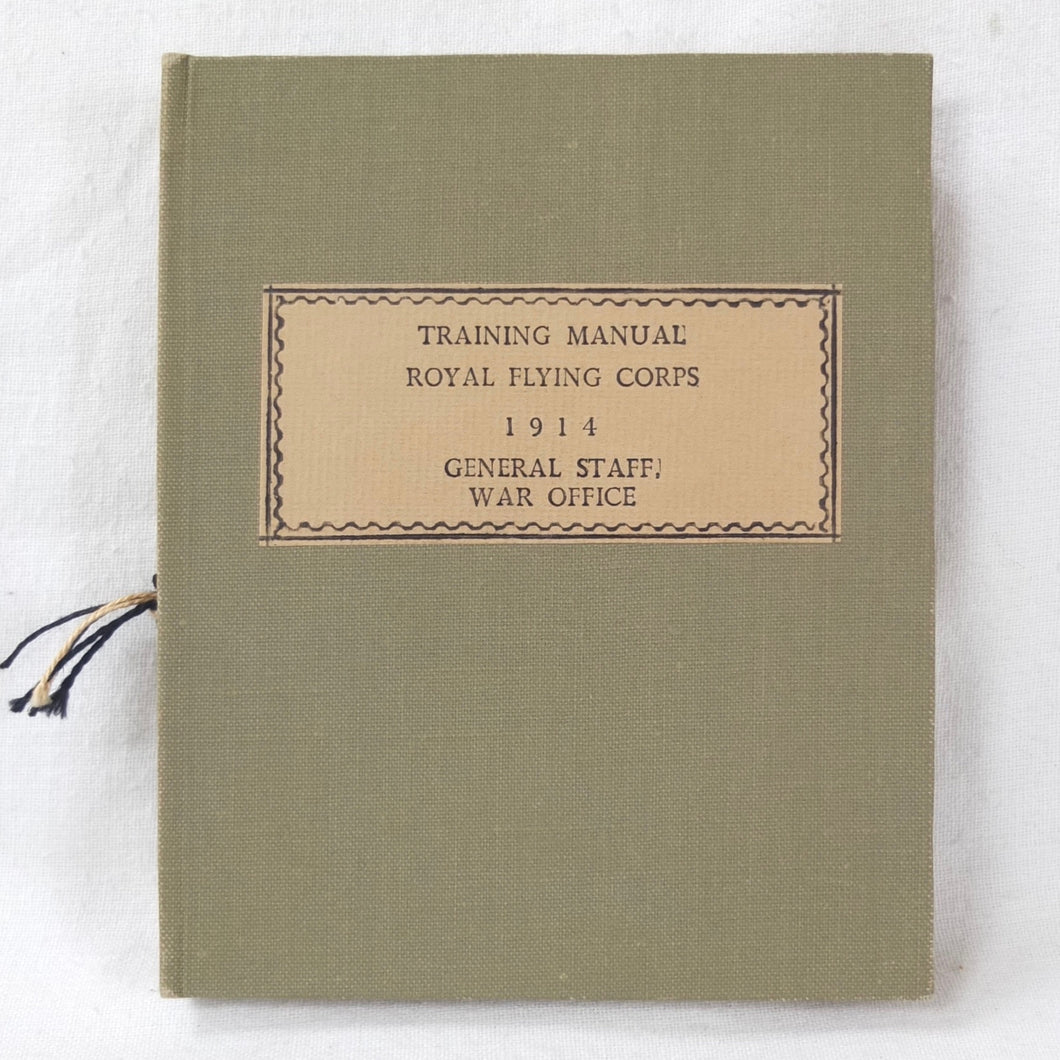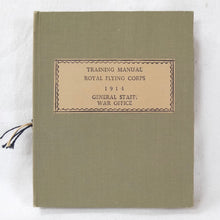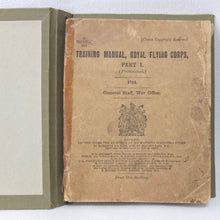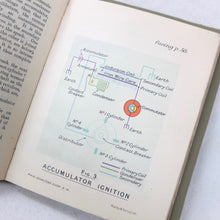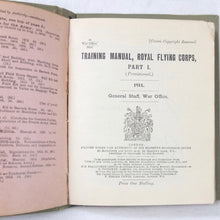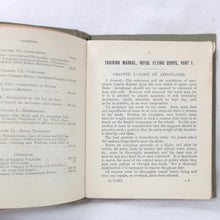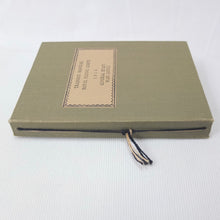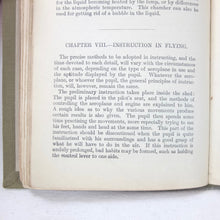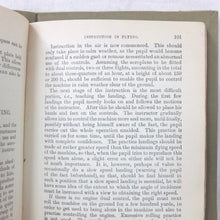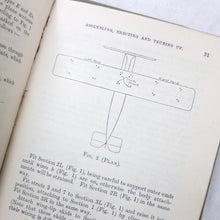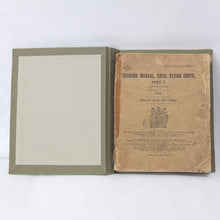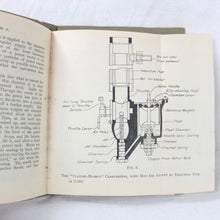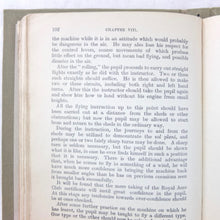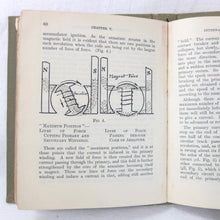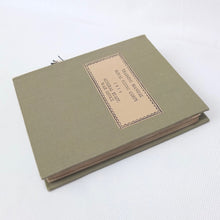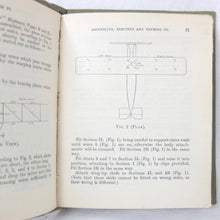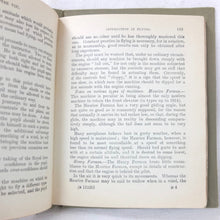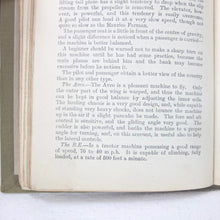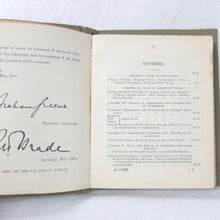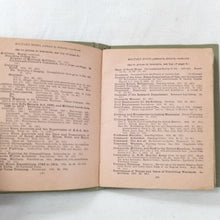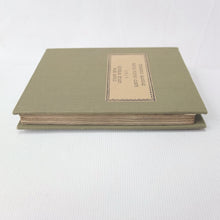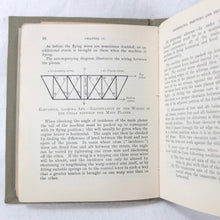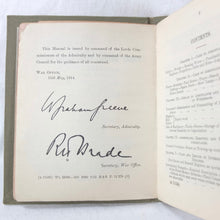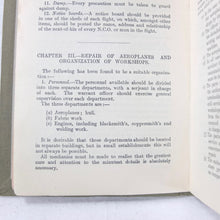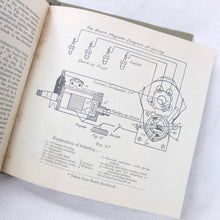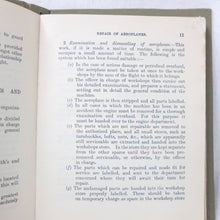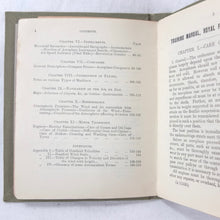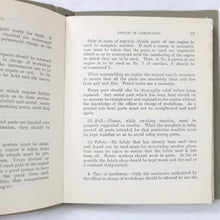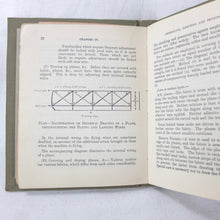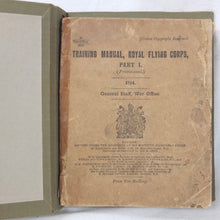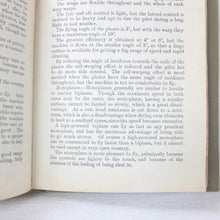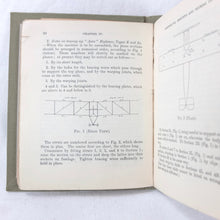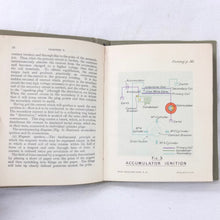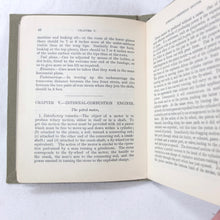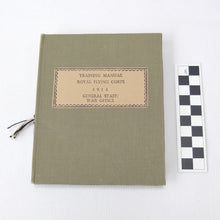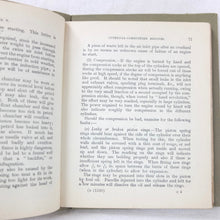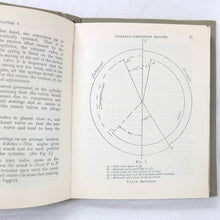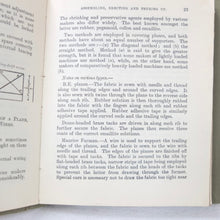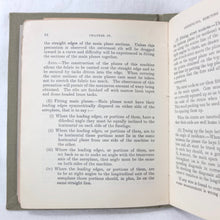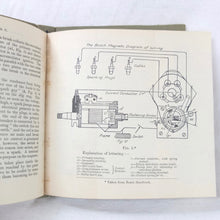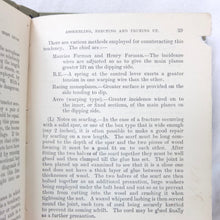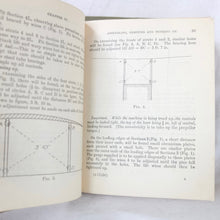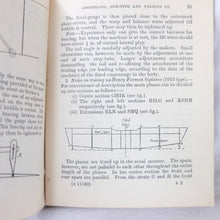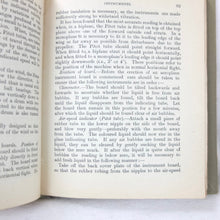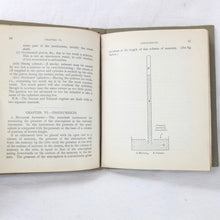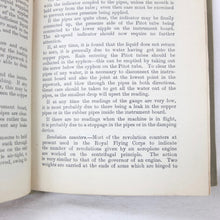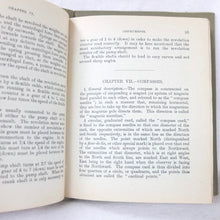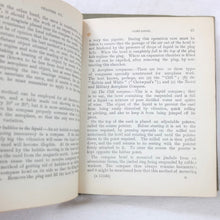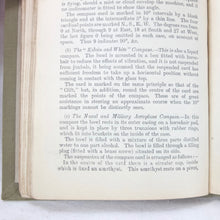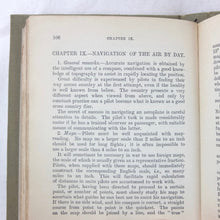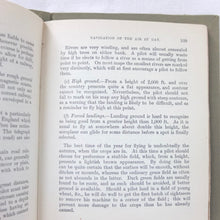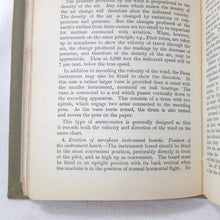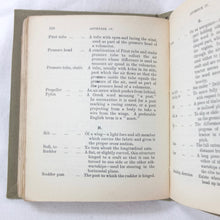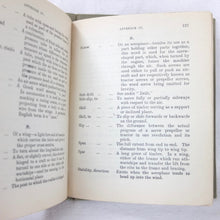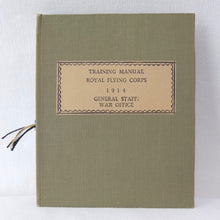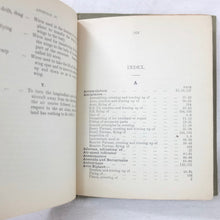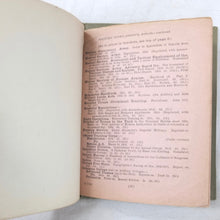Training Manual Royal Flying Corps (1914)
Price
£225.00
Sale
TRAINING MANUAL
ROYAL FLYING CORPS
GENERAL STAFF, WAR OFFICE, London, 1914
A very rare original WW1 Royal Flying Corps manual, produced by the General Staff, War Office, and published in 1914 (this edition was printed in September 1915). It was intended to be used by the pilots, observers, riggers, airmen, mechanics and fitters of the recently established Royal Flying Corps. The book includes details of flying instruction, the care and maintenance of aeroplanes, engines, instruments, etc. Subjects covered include: care of aeroplanes, fabric, wood, wires, engines, propellors, engine sheds, workshops, aeroplane repairs, assembling and trueing up, rigging, notes on various types of aircraft, care and repair of engines, aircraft instruments, compasses, flying instruction, aerial navigation, meteorology, motor transport, etc. The manual is illustrated with line drawings and diagrams.
Royal Flying Corps: With the growing recognition of the potential for aircraft as a cost-effective method of reconnaissance and artillery observation, the Committee of Imperial Defence established a sub-committee to examine the question of military aviation in November 1911. On 28 February 1912 the sub-committee reported its findings which recommended that a flying corps be formed and that it consist of a naval wing, a military wing, a central flying school and an aircraft factory. The recommendations of the committee were accepted and on 13 April 1912 King George V signed a royal warrant establishing the Royal Flying Corps. The Air Battalion of the Royal Engineers became the Military Wing of the Royal Flying Corps a month later on 13 May. The Flying Corps’ initial strength was 133 officers, and by the end of that year it had 12 manned balloons and 36 aeroplanes. The RFC originally came under the responsibility of Brigadier-General Henderson, the Director of Military Training, and had separate branches for the Army and the Navy. Major Sykes commanded the Military Wing, and Commander C. R. Samson commanded the Naval Wing. The Royal Navy however, with different priorities to that of the Army and wishing to retain greater control over its aircraft, formally separated its branch and renamed it the Royal Naval Air Service on 1 July 1914, although a combined central flying school was retained.
At the start of the war, numbers 2, 3, 4 and 5 Squadrons were equipped with aeroplanes. No. 1 Squadron had been equipped with balloons, but all these were transferred to the Naval Wing in 1913; thereafter No. 1 Squadron reorganised itself as an 'aircraft park' for the British Expeditionary Force. The RFC's first casualties occured before the Corps even arrived in France: Lt Robert R. Skene and Air Mechanic Ray Barlow were killed on 12 August 1914 when their plane crashed at Netheravon on the way to rendezvous with the rest of the RFC near Dover. Skene had been the first Englishman to perform a loop in an aeroplane.
On 13 August 1914, 2, 3, and 4 squadrons, comprising 60 machines, departed from Dover for the British Expeditionary Force in France, and 5 Squadron joined them a few days later. The aircraft took a route across the English Channel from Dover to Boulogne, then followed the French coast to the Bay of the Somme and followed the river to Amiens. When the BEF moved forward to Maubeuge the RFC accompanied them. On 19 August the Corps undertook its first action of the war, with two of its aircraft performing aerial reconnaissance. The mission was not a great success; to save weight each aircraft carried a pilot only instead of the usual pilot and observer. Because of this, and poor weather, both of the pilots lost their way and only one was able to complete his task. On 22 August 1914, the first British aircraft was lost to German fire. Second Lieutenant Vincent Waterfall and his observer Lt. Charles George Gordon Bayly, of 5 Squadron—flying an Avro 504 over Belgium, were killed by infantry fire. On the same day, Captain Charlton (observer) and his pilot, Lieutenant Wadham, made the crucial observation of the 1st German Army's approach towards the flank of the British Expeditionary Force. This allowed the BEF Commander-in-Chief Field Marshal Sir John French to realign his front and save his army around Mons.
Condition:
In good condition. The card cover is in good condition, with general signs of use, wear to the edges and spine, and some marks. The cover is now protected by a specially made hardback binder cover which is in excellent condition. The binding and hinges are very good and secure. The text and diagrams are in very good condition, with some marks and minor creases.
Published: 1914 (printed 1915)
Khaki card covers with black titling & bespoke hardback binder
Illustrated with diagrams and line drawings
Dimensions: 105mm x 130mm
Pages: 171
